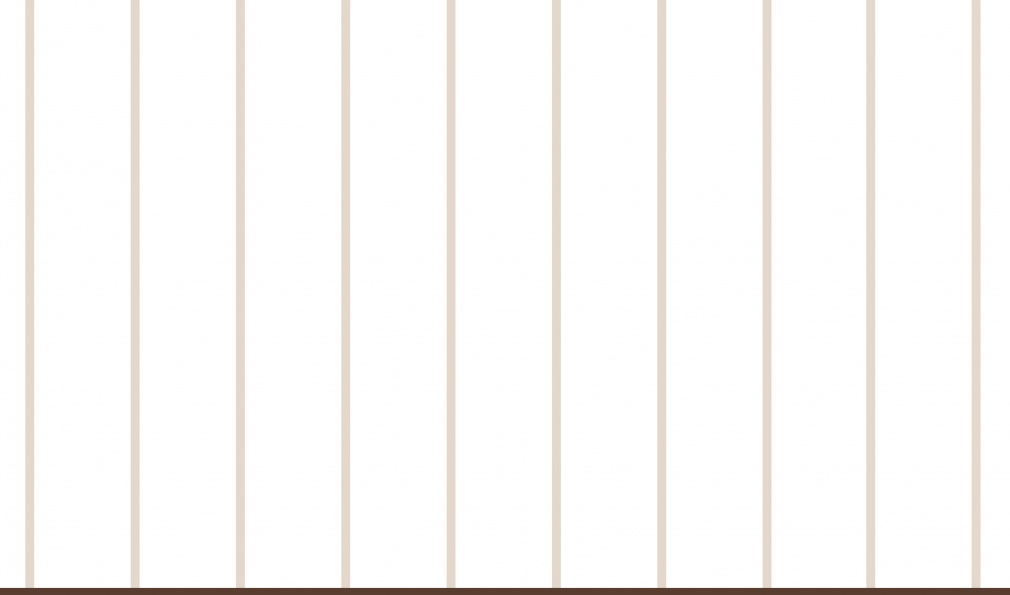HOME
Many people assume that an author is that who writes a text; Roland Barthes (1915-1980) challenges this idea by examining who really is the ‘author’, or what the ‘author’ is. Barthes believes “it is language which speaks, not the author”. He believes an author to be anyone that gives/shows their OWN personal perspective – without using a reflection of references from any other multitude; as in this case the words will directly be coming from the author themselves - therefore the text it is legit and honest. But if the text does include references from any other person(s), then Barthes will consider it as the text who is speaking rather than the author – he describes this as ‘the text is a tissue of quotations drawn from the innumerable centres of culture’. This illustrates Bathes opinion on authorship as the text becomes unoriginal – it doesn’t include the personal touches of the writer themselves, but in fact includes a number of different perspectives. This shows us how the voice of the author is then lost – Barthes refers to this as the “death of the author”
Michel Foucault (1926-1984) on the other hand contradicts Barthes when talking about the “death of the author”. Foucault believes that in fact all authors are writers but not all writers are authors. Foucault’s perspective upon an author is that one must meet/have certain principles and values of one. He states “a private letter may have a signatory – it doesn’t have an author” - this backs up his opinion on - not all writers are authors. To him the text does speak out – but only when in the correct format – when the principles of authority are used within a text; whereas in contrast Barthes doesn’t.




The High Arctic:
Before entering the exhibition, each person is given a UV torch. Other than being used in order to get around in the dark, the torch becomes a navigator. It is used as a form of interaction with the majority of the objects and installations within the space provided. There are different sectors within the room that contain a range of installations. All of which function in the same way with the use of the torch; the only difference is the information dispersed and the specific purposes of the torch, during the exploration of the event.
Many people assume that an author is that who writes a text; Roland Barthes (1915-1980) challenges this idea by examining What is interaction?
Interaction is all about user participation and the journey made through interacting. I have chosen the high arctic and digital graffiti wall in order to illustrate what interaction is, as well as to disclosure what an author is in an environment as so.
WHAT IS AN AUTHOR?
WHAT IS AN INTERACTION?

Co –founder of the ‘High Arctic’ Mathew Clark explains how “The visitors are free to explore the space however they want, so you could say they are going on their own expedition”
This means each user has the freedom to do as they please within the limitation available, giving them their own journey throughout the exhibition. If this is the case, who is classified as the author? Andy Cameron touches upon this by explaining how “Although the author describes the characteristics of the model, he or she is not the author of the events that happen within the model once set in motion”. (Dissimulations – The Illusion of Interactivity)
He also discusses how “Interactivity refers to the possibility of an audience actively participating in the control of an artwork or representation”.
This shows that interaction gives users a chance to be the author within a specific work, even though they are not the creator of the work itself. Users have been given a certain space in which one can go on their own journey, giving each individual a different experience.
A similar environment to this particular user interface would be the ‘Digital Graffiti Wall’ created by Tangible interaction – a team that concentrates on the physical and practical side of user interaction. The digital wall contains many stencils and colours for one to choose from, it also gives users the ability to move and scale these stencils freely around the screen. Once the user has the colour and stencil they want, a digital spray can is used which emits the chosen colour onto the screen – this works as the can uses infrared, so when emitted onto the screen, light is being sprayed instead of paint. Nelson quotes “There is no Final Word. There can be no final version, no last thought. There is always a new view, a new idea, a reinterpretation”
This shows that each person in an environment like this makes their own journey and has their own thoughts, as each person is independent in the way they begin, explore and end their experience.
But most important of all Cameron states that, “Interactivity is an illusion. It puts itself in the place of something that isn’t there”
This basically means the installation will not work if not activated by an audience. In order for the information to come alive, a user must participate with the object to trigger movement. This illustrates how “interactivity is an illusion” within interactive environments as such, as it can only really exist at the exact same time that the spectators are participating; therefore in the present tense.






Zainab Itani